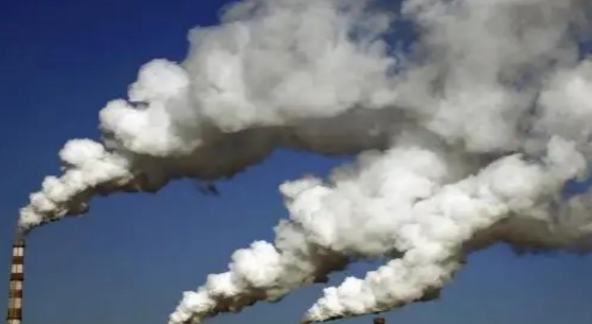Finance & Climate

Would climate change triggers a financial crisis?
Administrators have been warning about the climate change has a negative impact on financial systems. It indicates that Latin America and the Caribbean accounted for 53 percent of global economic losses from “climate disasters” between 1998 and 2017, with average annual losses exceeding 1.5 percent of gross domestic product.
How does climate risk damage the finance? In fact, there is no exact evidence that it brings down the financial system according to the research of central banks. But this depends on whether governments arrange a strategy for reducing emissions to a large extent, such as setting standards for carbon taxes and energy efficiency, which caters for the banks to test. There are three aspects of its impact on financial systems.
One is “transition risks” defined by regulators. Given governments take tougher climate policies, things will change with much probability. The economy will restructure: capital transfers from dirty sectors to clean ones, then polluting industries may collapse.
The second is financial firms facing the risk of rising temperatures. According to related dates, global economic losses resulting from weather catastrophe rise from $214bn in the 1980s to $1.62trn in the 2010s, nearly three times as a share of global GDP.
The third is harder to quantify. Network for Greening the Financial System estimate academically that the effect of 3 degrees of warming causes 2%-25% financial losses of world GDP.

Financial assets exposed to transition risk, their value is potentially large. Carbon Tracker, a climate think tank shows around $18trn global stocks, perhaps $30trn unlisted debt and $8trn bonds are related to high emitting sectors of the economy. Under its most severe circumstances, climate policies have altered suddenly as well as rapid progress of renewable energy, thus companies suffer a “double shock” and severe recession. Through the test from banks indicates that the importance of giving firms enough time to adapt. Other result is credit losses is highest when policies were transferred suddenly or delayed.

However, there are many measures that governments can take to deal with greenhouse gas emissions. There are four main mitigation policy tools: direct regulation, subsidies, taxation, and emission trading. Direct regulation’ effect gets instant results. But when there is a large amount of like a “one-size-fits-all” approach, it not only fails to promote the effect, but is likely to cause damage to the economy. In the meantime, direct regulation is likely to lead to the expansion of bureaucracy. For taxes, subsidies and emissions trading, it is better to use emissions trading if environmental benefits are chosen as the standard, because pollution emissions are limited by total amounts. Given proper regulations and enforcement, it is possible to know how much emissions will be cut. Moreover, subsidies lead to the expansion of polluting industries. From a cost-benefit perspective, the tax approach is more sensible. Taxation can set the upper limit of the total cost by controlling the marginal cost of emission reduction. While emission trading only focuses on the effect of emission reduction but ignores the process. The cost of adopting this method is unestimable and may cause huge and irreversible damage to the social economy.
(Writer:Qiqo)



